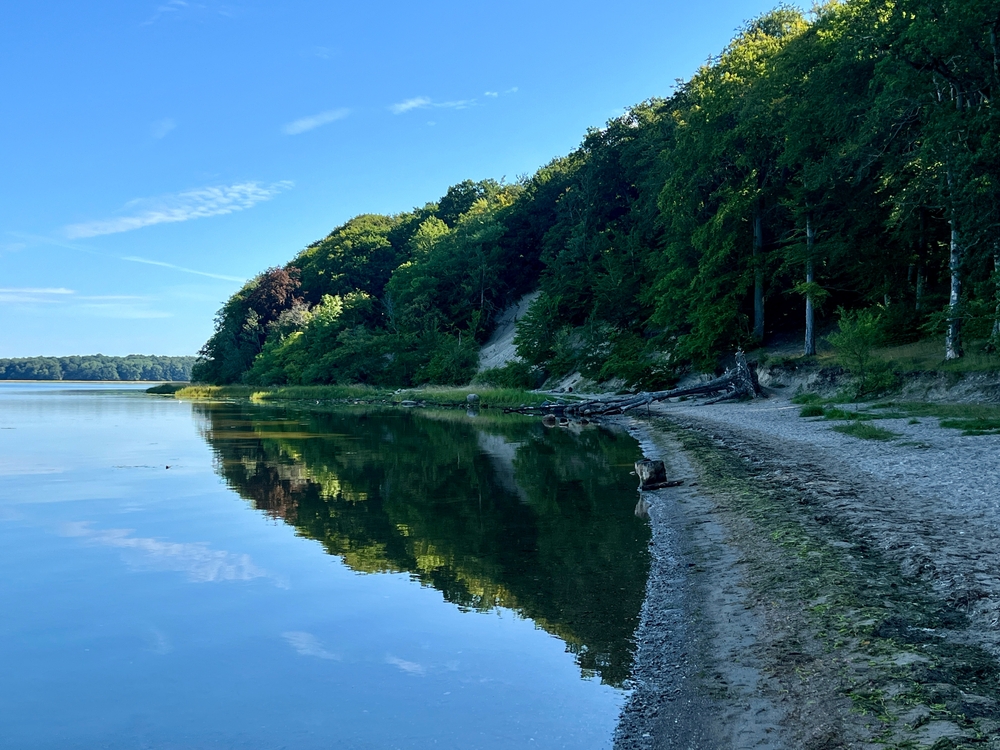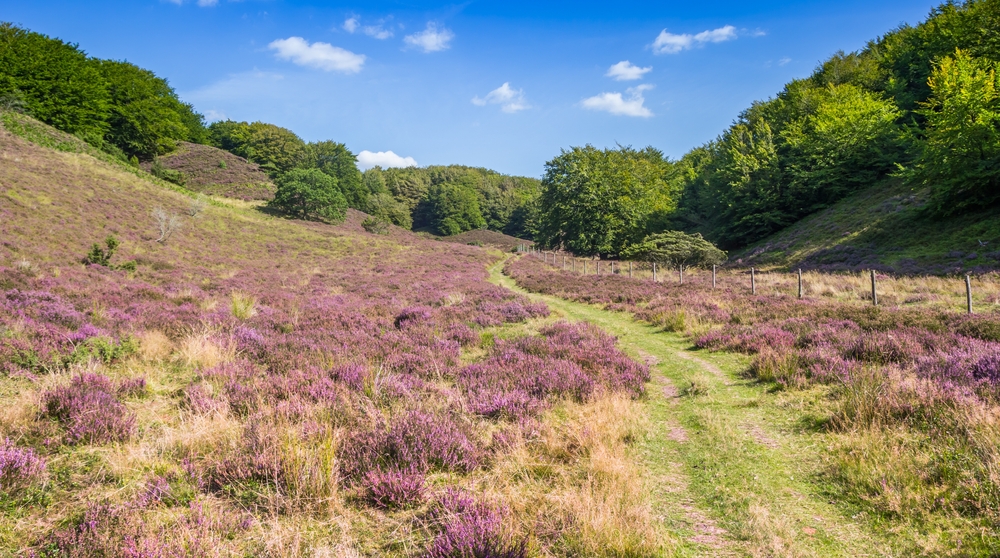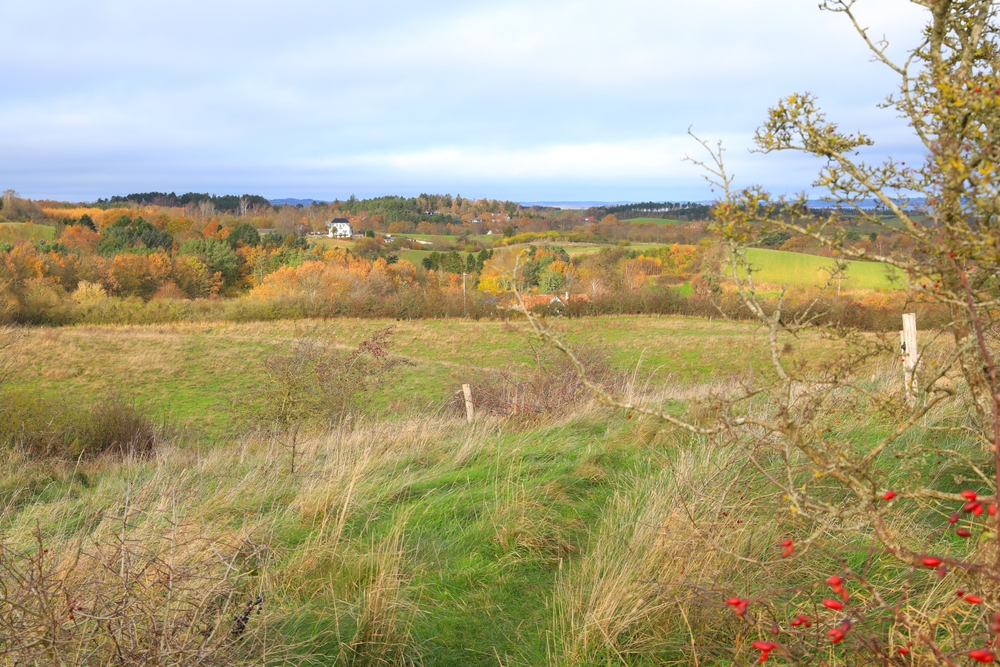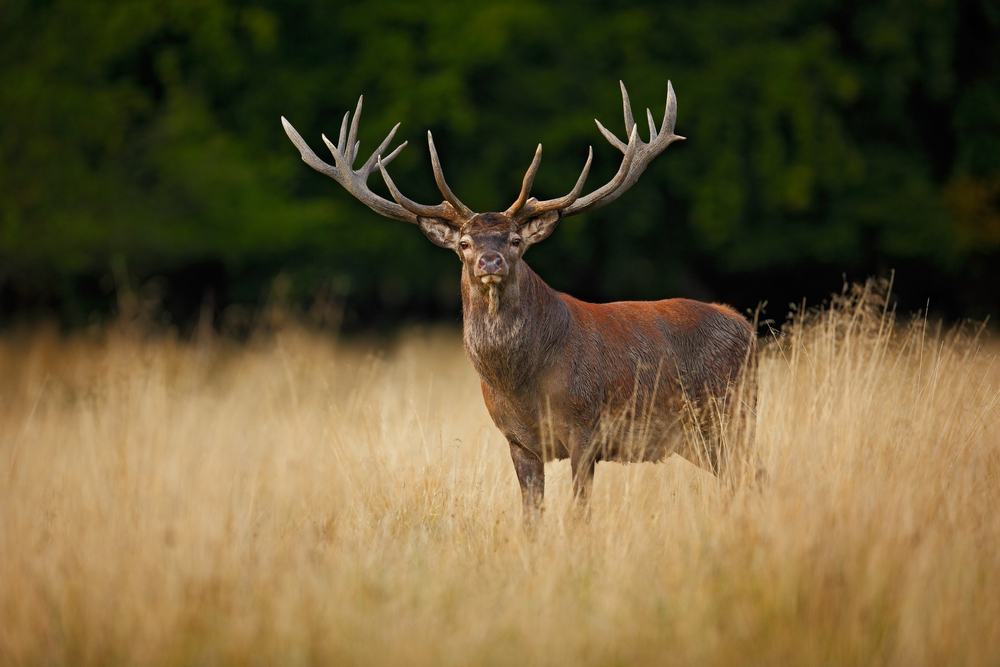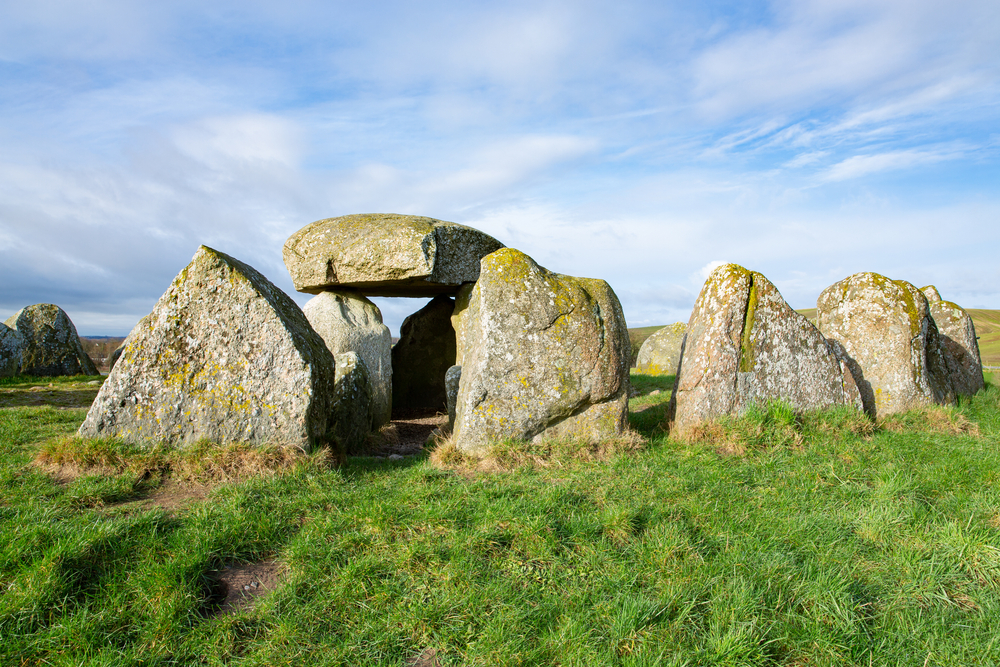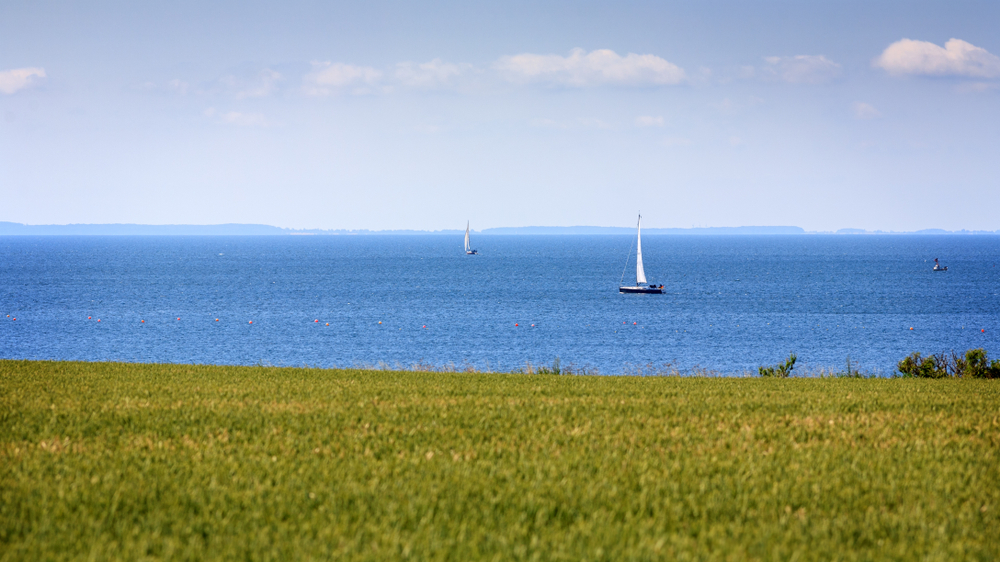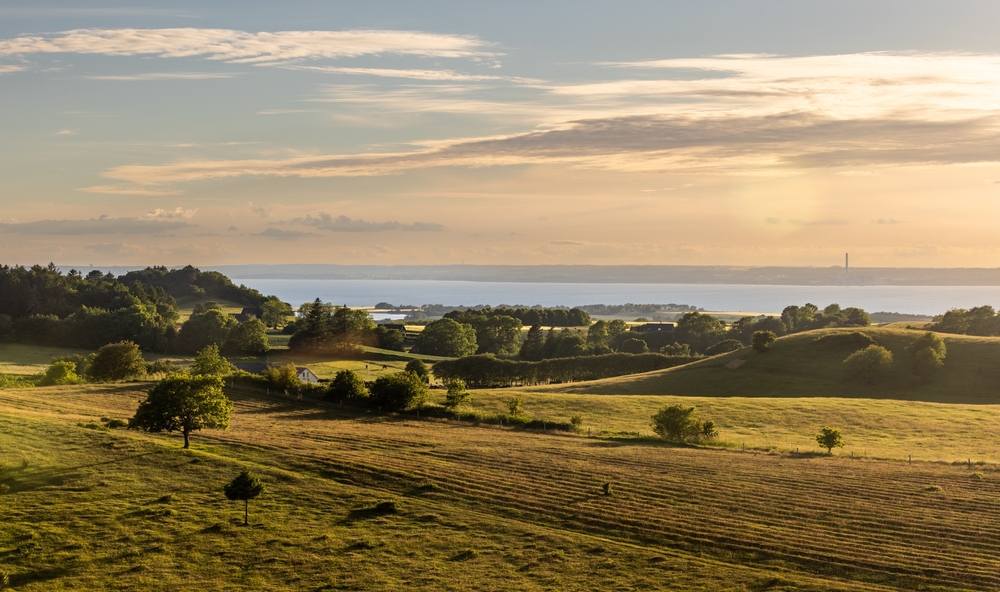Skjoldungernes Land Overview
Skjoldungernes Land National Park, or Nationalpark Skjoldungernes Land in Danish, is located in the heart of Zealand (Sjælland), Denmark’s largest island. Covering an area of approximately 63 square miles (163 square kilometers), the park was established in 2015 and is named after the legendary Skjoldung dynasty from early Danish history and mythology.
It stretches across a diverse landscape, encompassing the scenic Roskilde Fjord, ancient forests, open meadows, marshlands, and rolling hills, creating a picturesque environment deeply rooted in natural and cultural history. The park lies near the city of Roskilde, about 25 miles (40 kilometers) west of Copenhagen, making it easily accessible for visitors.
The terrain of Skjoldungernes Land is shaped by glacial activity from the Ice Age, giving it a unique and varied topography. Roskilde Fjord, a defining feature, is a shallow, branched fjord dotted with small islands and bordered by reed beds. The park also contains ancient beech and oak forests, including the Selsø and Bidstrup forests, which are interspersed with open fields and meadows rich in wildflowers.
Several streams and small lakes add to the park’s charm, while remnants of old Viking settlements and burial mounds hint at its historical significance. The landscape offers a mix of tranquil beauty and rugged natural elements, inviting exploration and reflection.
Wildlife in Skjoldungernes Land is abundant, with many species thriving in the park’s varied ecosystems. Birdwatchers can enjoy sightings of rare species like the white-tailed eagle, osprey, and several types of herons. The fjord’s reed beds are a critical habitat for migratory birds, making the park an important stopover for avian life along their routes.
Mammals such as red deer, roe deer, foxes, and hares are commonly seen, while smaller creatures like hedgehogs and badgers contribute to the biodiversity. The waters of the fjord support fish species like perch and pike, adding to the ecosystem’s balance.
Popular features of the park include its Viking heritage sites, such as burial mounds and old settlements, which provide visitors with a glimpse into Denmark’s storied past. The park is also well-known for its scenic hiking and cycling trails, such as the Fjord Trail, which offers breathtaking views of the water and surrounding countryside.
The small islands within the fjord, accessible by kayak or small boats, are a favorite among visitors seeking a more immersive experience. The rich cultural history, combined with opportunities for outdoor activities, makes the park an appealing destination for all types of adventurers.
Visitors can experience Skjoldungernes Land through various activities, including hiking, cycling, birdwatching, kayaking, and guided tours that explore both natural and cultural landmarks. The park also hosts educational programs and events that focus on conservation and Viking history, enriching the experience for all ages.
Conservation efforts have focused on preserving the fjord’s delicate ecosystems and promoting biodiversity in the forests and wetlands. Recent successes include the reintroduction of grazing animals to maintain meadows and the restoration of natural water flow in marshlands, though challenges like climate change and pollution from surrounding areas remain concerns for park management.








































































